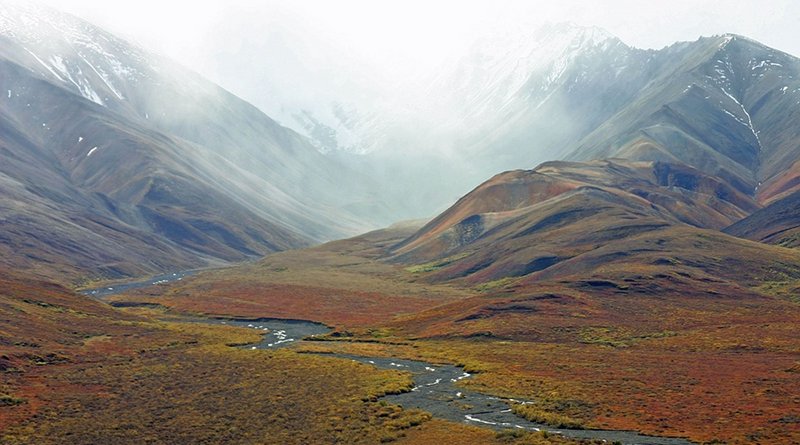As the Arctic continues to warm, a new study in Nature reveals that methane emissions are rising, potentially accelerating climate change in a troubling feedback loop.
“Methane is a very potent greenhouse gas that we need to address urgently,” stated Xin (Lindsay) Lan, a climate scientist at CU Boulder’s Cooperative Institute for Research in Environmental Sciences (CIRES). “Our study suggests that a significant portion of the recent rise in atmospheric methane originates from natural sources driven by climate change. Our emission reduction efforts need to be more aggressive.”
Second only to carbon dioxide, methane is a major human-produced greenhouse gas, but it captures 30 times more heat than CO₂ over a century. Since the Industrial Revolution, methane has contributed to about a quarter of global warming.
For the past ten years, Lan has been monitoring methane levels at the Global Monitoring Laboratory at NOAA in Boulder.
Her team has documented a swift rise in atmospheric methane. While fossil fuel production is known to account for 30% of global methane emissions, Lan and her NOAA colleagues have noted a consistent increase in microbial emissions since 2007.
These emissions originate from archaea, microbes that produce methane during metabolism in wetlands, landfills, and livestock digestion.
Microbial emissions contribute nearly half of global methane, but it remains uncertain which sources are primarily responsible for the increase.
“While long-term methane trends are important to investigate, we also need to look at seasonal variations to understand how individual sources are changing and how the natural mechanisms that remove methane from the atmosphere are evolving,” Lan remarked.
Arctic Warming and Methane Feedback
Lan’s research team analyzed four decades of seasonal atmospheric methane fluctuations to clarify the situation.
They discovered that the seasonal amplitude of methane— the variation between its highest and lowest levels annually— has decreased in northern high-latitude areas, including the Arctic.
Through computer modeling, the team demonstrated that this trend since the 1980s is largely due to increased emissions from wetlands. Rising Arctic precipitation has expanded wetlands by 25% during warmer months. Additionally, rising temperatures are melting permafrost, the permanently frozen ground layer, in summer.
The waterlogged soils formed provide ideal conditions for archaea, leading to higher methane emissions, potentially accelerating warming.
The scale and speed of these climate feedback loops remain uncertain, yet this study provides new evidence of natural methane emissions responding to climate warming.
“This study, along with a few previous studies, has provided indirect evidence on potential climate feedback on methane emissions, which would be beyond our ability to control directly,” Lan noted.
The dramatic rise in atmospheric methane since 2007 and its feedback effects resemble historic warming events that ended past ice ages, according to Lan’s earlier research.
“Our hope is that by rapidly reducing emissions, we can avoid triggering more severe and abrupt climate feedback that could lead to catastrophic events,” she expressed.
Methane Removal and Atmospheric Chemistry
The researchers’ simulations also indicated a 10% increase in hydroxyl (OH) radicals since 1984. These highly reactive molecules remove methane and other pollutants but exist for less than a second, making global measurement challenging.
Previously, scientists assumed constant OH levels when estimating atmospheric methane emissions, but this study suggests otherwise.
“Our result showed that we’ve been underestimating how much methane the atmosphere has been removing, which means that there’s actually more methane being emitted than we previously estimated,” Lan explained.
Pinpointing emission sources is crucial for developing effective climate policies. While microbial emissions drive much of the methane increase, fossil fuel-related emissions remain significant.
“We need to aggressively cut all greenhouse gas emissions from the sources we can control,” Lan emphasized. She also warned that the world’s permafrost contains at least double the carbon currently in the atmosphere. If warming causes widespread permafrost thaw and releases this carbon, it could trigger irreversible climate changes. “We need to address the feedback loop before reaching that tipping point.”
Original Story at www.eurasiareview.com
